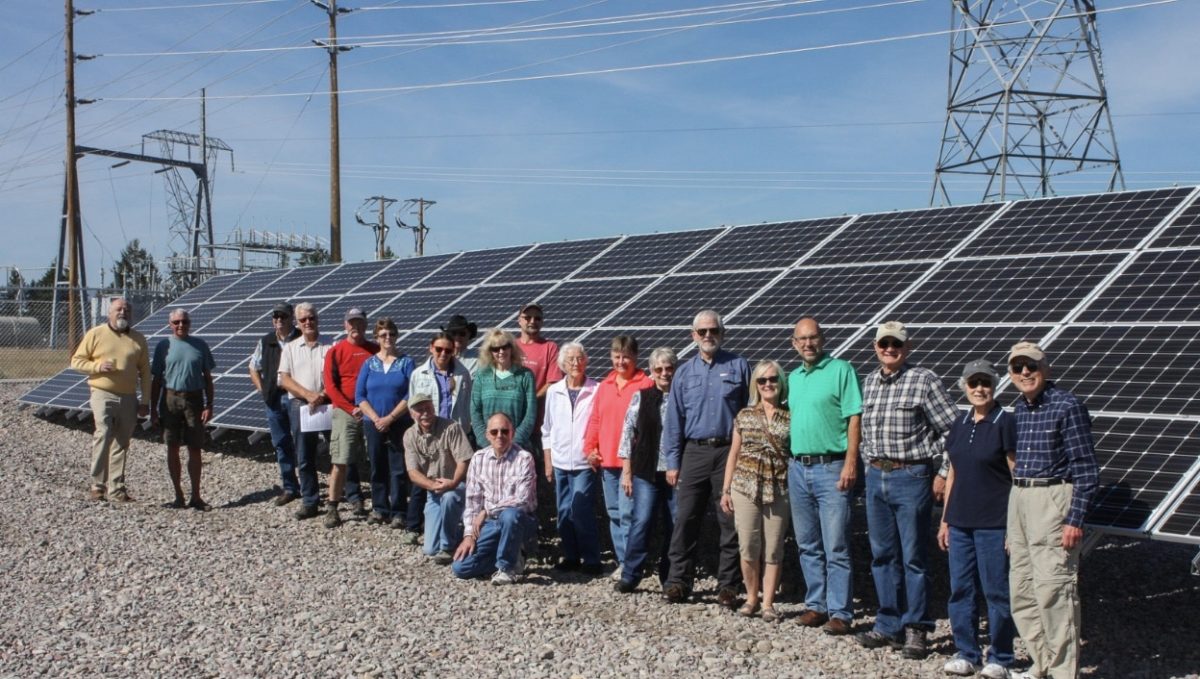From pv magazine USA
The US National Community Solar Partnership, a Department of Energy (DOE) program, has set an ambitious goal of enabling enough community solar projects to power the equivalent of 5 million households and achieve $1 billion in combined energy bill savings. This goal aligns with the DOE’s greater target of 100% clean electricity by 2035 and places a focus on ensuring that American citizens can meaningfully access the benefits of the energy transition.
DOE reports that by the end of 2020, about 3GW of community solar in the US was active – enough to power about 600,000 homes. The community solar model only represents about 8% of the total distributed solar capacity in the United States. This target would entail a jump from 3GW installed capacity to 20GW by 2025. The DOE estimates that customers enrolling in community solar will save an average of about 20% on energy bills.
There are some barriers to entry that have ensured that community solar remains a relatively small portion of the generation mix. Less than half of all US states currently have supportive policies. Many community solar projects face interconnection issues and uncertainty around financing. Currently, 16 states have codified community solar into their renewable portfolio standards, requiring grid controllers to interconnect such projects to the grid.
Income level is another significant barrier to adopting solar. Particularly, owning a rooftop solar system can be difficult to have the upfront funds or proper credit score to qualify for. Households earning less than $100,000 represent two-thirds of all US households but adopted less than half of all residential solar systems in 2018. The contrast is even more stark for those households earning less than $50,000 per year. Community solar may offer a pathway for Americans that would otherwise not be able to own or lease a system.
Program activities
Popular content
The National Community Solar Partnership looks to identify and reduce these barriers to hit the topline target. It is increasing its investment in technical experience and capacity building. For 2022, the partnership will invest $1 million in technical assistance, which is provided on a rolling basis to registered partners.
DOE will also launch the Credit Ready Solar Initiative to standardize the process to apply for community solar project financing. Philanthropic dollars may play a role in providing additional lending or grants to cover financing gaps. A Credit Ready Learning Lab will help small or new community solar developers learn about the ins and outs of community solar project funding.
The program is also developing a tool that matches recipients of other federally managed low-income programs with available community solar subscriptions. This tool can both reduce energy costs for program participants and make it easier for developers to connect with potential subscribers.
Finally, the Partnership plans to build awareness and understanding of community solar through a network of community-level promoters. This is particularly important in communities where there is a history of predatory energy providers, said DOE.
This content is protected by copyright and may not be reused. If you want to cooperate with us and would like to reuse some of our content, please contact: editors@pv-magazine.com.



what is a predatory energy provider.?
Here is the thing, from how i’m seeing things; even if a community “owned” solar project brings value to the prospective community owned solar project participant and the host utility these projects are up against utility ceo’s and often boards of rural electric cooperatives who are very comfortable. And, imo, for very good reason, and there are multiple reasons; ceo’s and high level exec and even workers such as utility lineman receive great wages, bonuses and the other side is sort of a gang or club of exclusive people that is in the business of selling kwhrs and that have made long term investments into long distance transmission and generation… so it may not matter if a solar project saves money, is perhaps a revenue stream for a participant, reduces demand costs, reduces transmission costs, lowers the cost of wholesale energy or retail energy, brings jobs into the communities, prevents the exportation of dollars out of the communities, IS CLEAN. So… the” thing” is (still) super grassroots, and that will involve a legal structure that makes sense economically is easily communicated, imo is community based, and a lot more. the other thing is be patient. Local solar is a good thing.